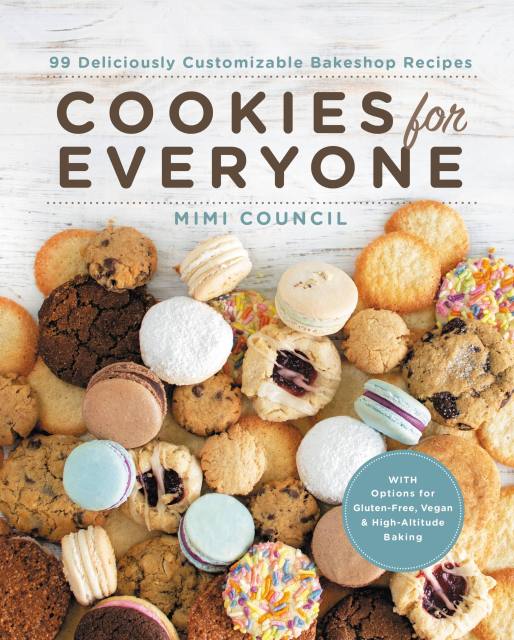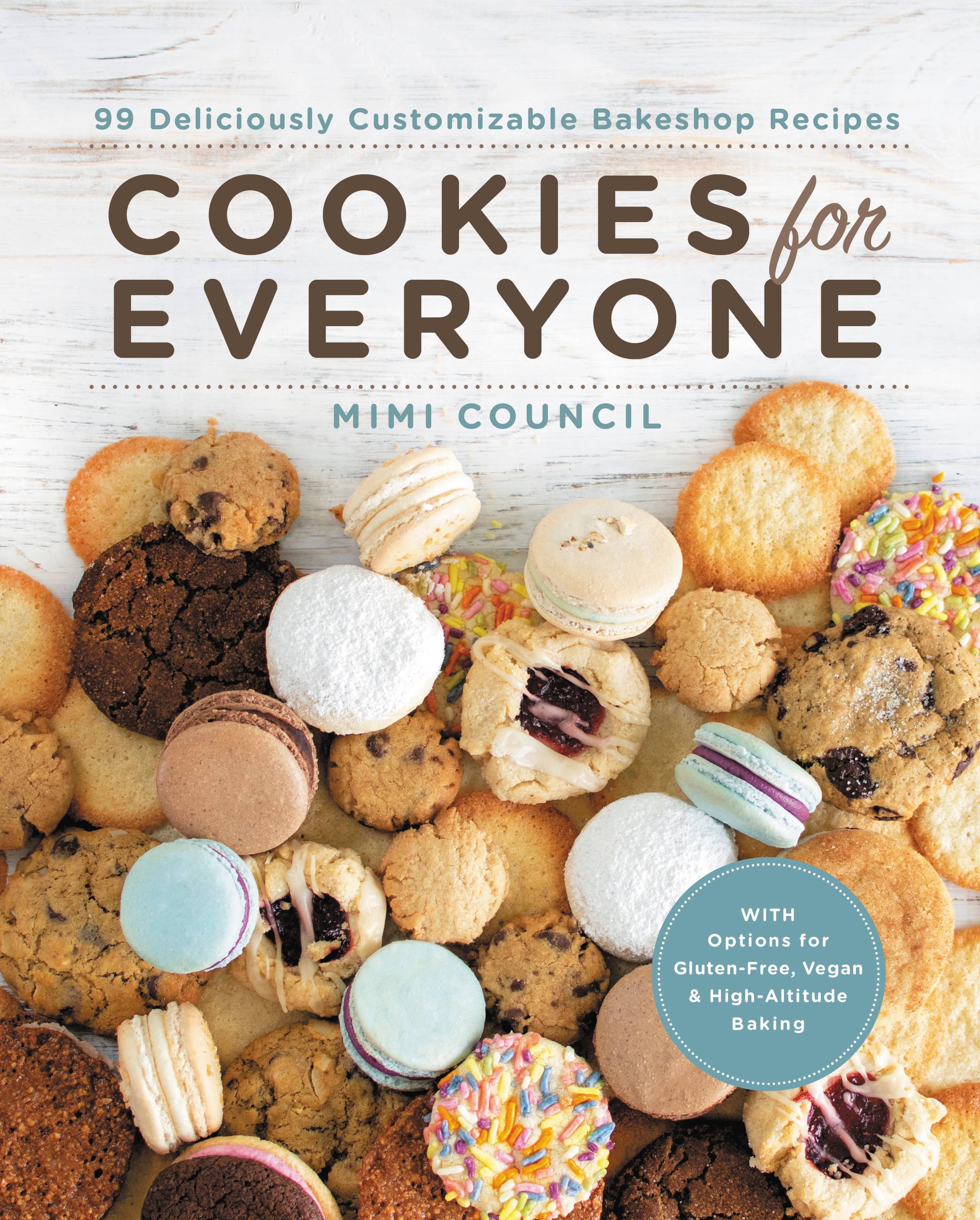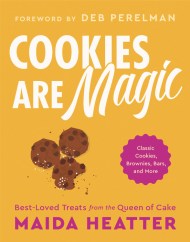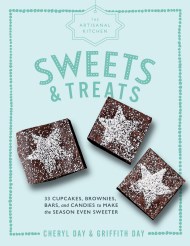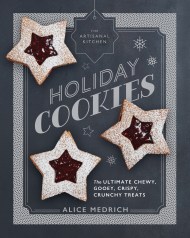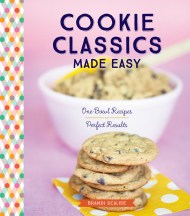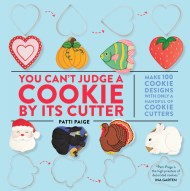Promotion
Use code MOM24 for 20% off site wide + free shipping over $45
Cookies for Everyone
99 Deliciously Customizable Bakeshop Recipes
Contributors
By Mimi Council
Formats and Prices
Price
$15.99Price
$20.99 CADFormat
Format:
- ebook $15.99 $20.99 CAD
- Hardcover $30.00 $38.00 CAD
This item is a preorder. Your payment method will be charged immediately, and the product is expected to ship on or around November 5, 2019. This date is subject to change due to shipping delays beyond our control.
Also available from:
With its “baking 101” approach, Cookies for Everyone has something for every baker — naturally gluten-free recipes, with easy swaps for vegan or nut-free options, even including instructions for baking at any altitude.
Mimi’s Tips and Tricks walk readers through key steps and techniques, demystifying baking; her clear instructions cover everything from basic cookies to sandwich cookies and biscotti. And for anyone who thinks more sophisticated cookies (such as macarons and Florentines) are impossible to make at home, let alone for “special diets,” think again — Mimi’s excellent counsel will have you baking up a storm in no time.
Genre:
- On Sale
- Nov 5, 2019
- Page Count
- 304 pages
- Publisher
- Da Capo Lifelong Books
- ISBN-13
- 9780738285603
Newsletter Signup
By clicking ‘Sign Up,’ I acknowledge that I have read and agree to Hachette Book Group’s Privacy Policy and Terms of Use
